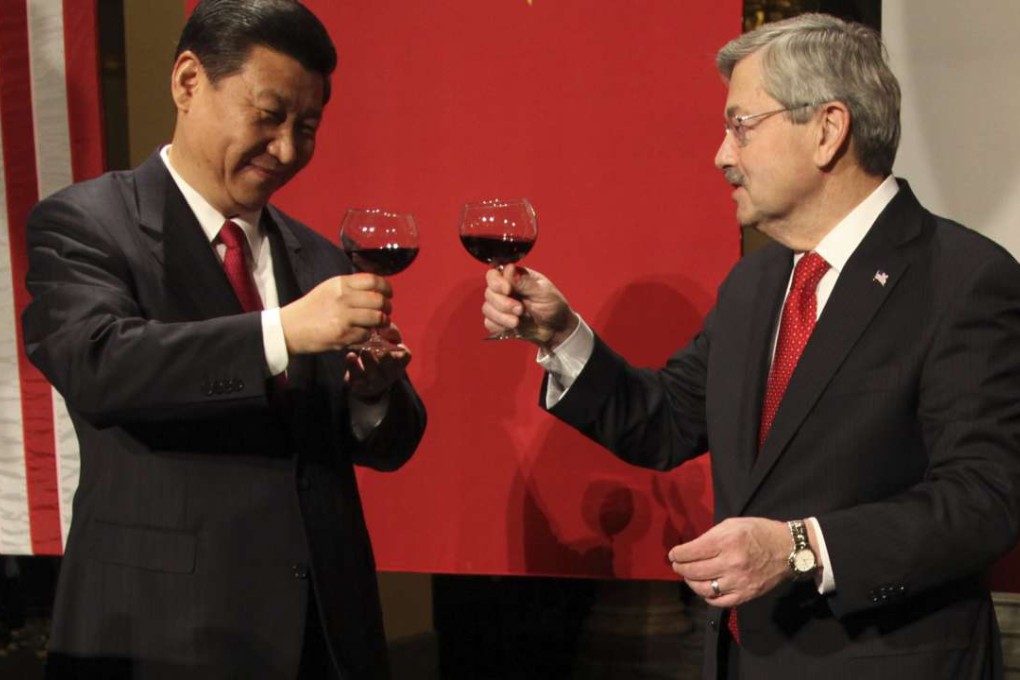The challenge of being an ‘old friend of China’
David M. Lampton says US ambassador-designate Terry Branstad must be wary of the risks as he tries to balance expectations on both sides

President-elect Donald Trump’s intention to send Iowa Governor Terry Branstad to China as US ambassador is a good choice. Branstad is in for the challenge of a lifetime. It is not easy carrying the burden of “friend of China”.
There is often the implication that the friend will be solicitous of Chinese interests
Now, chosen by Trump as ambassador-designate, Branstad takes to his prospective post the assets and liabilities of being “an old friend” of China and its supreme leader, Xi. This is a big plus for America, but, it is also a heavy burden for the governor. What are the implications of such a status? How useful to American interests is this status of “friend”? Have other US officials or citizens had this status and what happened?

China welcomes ‘old friend’ Terry Branstad as likely US envoy
The second key function of a friend is providing an unobstructed channel of direct communication between the two leaderships, filtered through as little intervening bureaucracy as possible. If Branstad proves to have similar access to Trump as US ambassador Clark “Sandy” Randt had to president George W. Bush in the 2000s, he could well prove important to the relationship. China’s leaders will value him greatly. Being a friend affords you the credibility and access to play this role.
